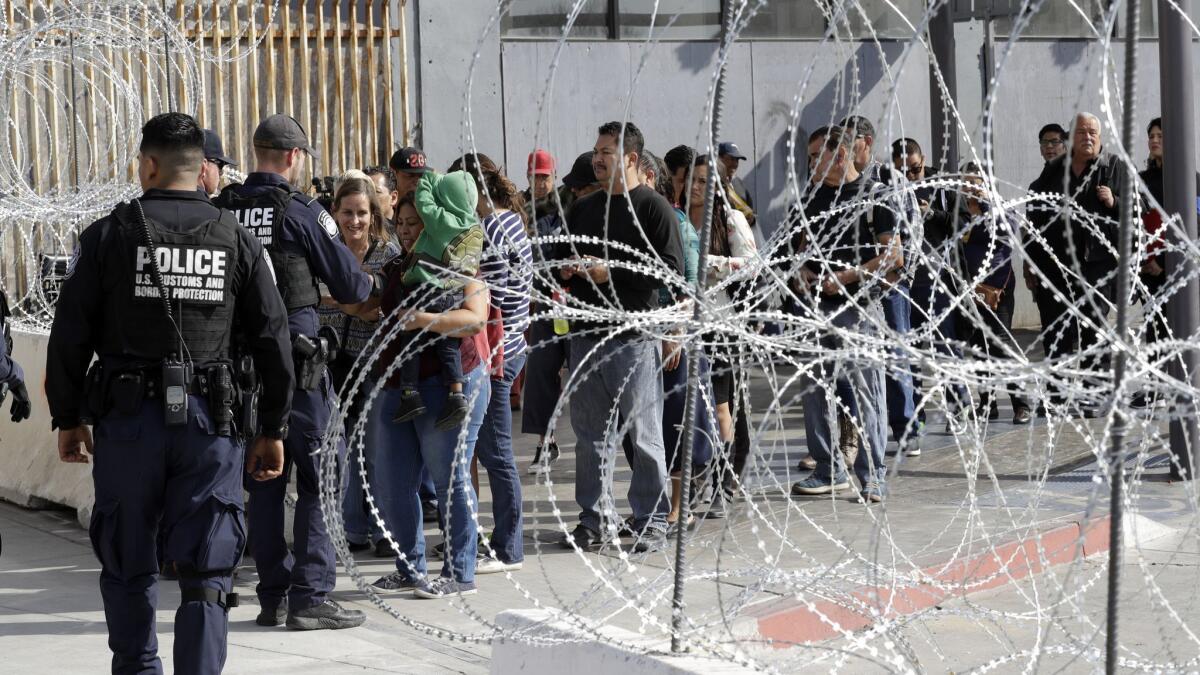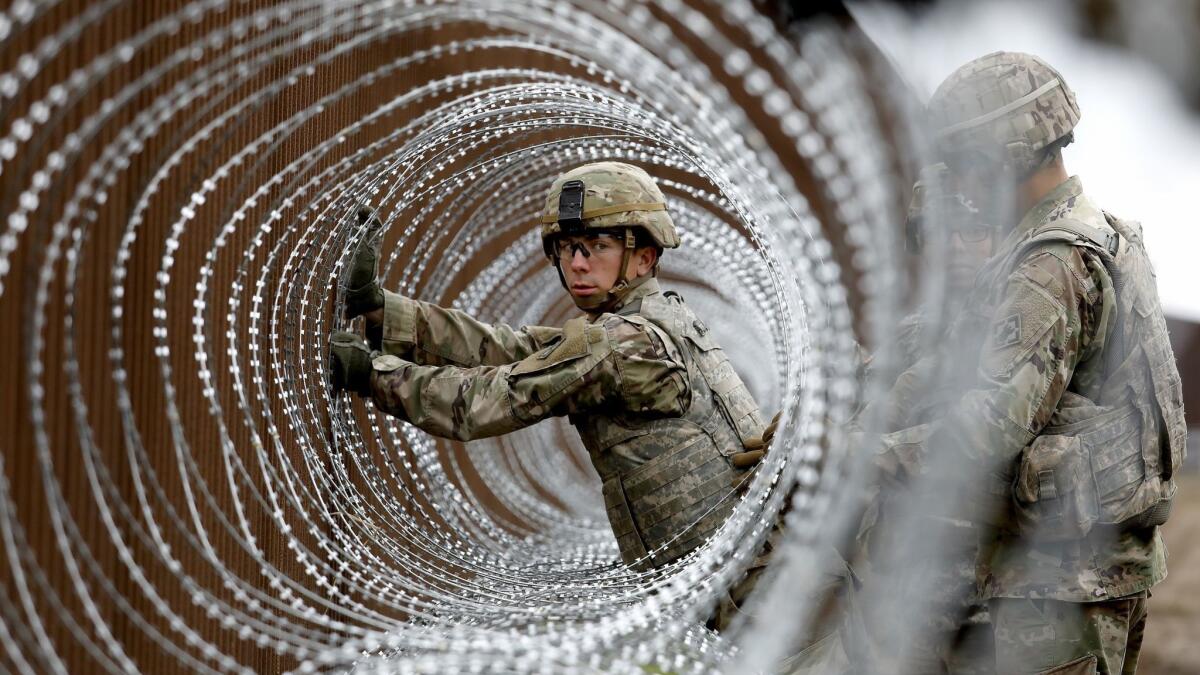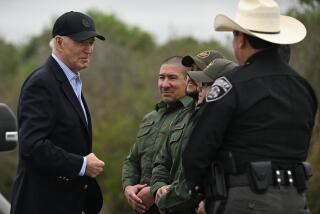Immigration in 2018: Rising tensions and rising voices

Nearly every morning, a pseudo-dystopian scene unfolds just steps away from America’s gates.
At the San Ysidro Port of Entry in Tijuana, someone reads aloud from a mysterious, unsanctioned notebook filled with the names of thousands of people from across the globe. Each of them — including the various guardians of the notebook — is waiting his or her turn to give themselves up to United States immigration officials to ask for refuge.
They are trying to enter the country legally. But the process is slow, and immigration officials say they can’t keep up with the flow. Most days anywhere from 40 to 100 people are allowed to enter this particular port to make their plea for asylum while thousands who are living in miserable conditions wait in shelters and makeshift camps for their turn. Many linger in Tijuana for as long as a month before their names are read. The process has led to a humanitarian crisis at America’s doorstep.
In the meantime, President Trump’s order to limit asylum only to foreigners who cross at official points of entry — the Immigration and Naturalization Act says any foreigner who has arrived in the U.S. may apply for asylum “whether or not at a designated port of arrival” — has been blocked in the federal courts.
Cacophony prevails.
Indeed, this year has seen the national conversation about immigration — legal and otherwise — continue to degenerate into an ever-louder shouting match. Consider:
Illegal immigration is at historic lows. In 2000, apprehensions at the southwest border reached 1.64 million; this year; they totaled about 396,000. But the narrative from the White House would seem to indicate that disaster is looming. The president, wielding anti-immigration rhetoric as a political weapon, has referred to the thousands who are part of the recent exodus from Central America as an “invasion,” and he ordered 5,200 additional troops to the southern border.

Although the president’s rhetoric is frequently directed at illegal immigration, many of his policies affect legal immigrants and those trying to gain legal residency. His administration has implemented stricter asylum rules; unveiled regulations that would restrict low-income immigrants; created a United States Citizenship and Immigration Services team tasked with reviewing more than 2,500 naturalization files for possible denaturalization of U.S. citizens; and rolled back temporary protected status for foreigners from several countries, including Nicaragua, Haiti, Sudan and Honduras.
Resistance has come in many forms. Legislators in Sacramento declared California a sanctuary state and have pushed for further inclusion of immigrants. Immigrant rights leaders have resorted to the courts to challenge various policies, including the government’s decision to put a citizenship question on the 2020 census.
One of the most controversial policies of the Trump administration was unveiled this spring when then- Atty. Gen. Jeff Sessions announced a “zero tolerance” border enforcement policy, saying families that illegally crossed into the U.S. may be separated after their arrest. There were news reports of children being held in squalid conditions and others who were lost in the system. More than 2,500 children were separated from their parents, which prompted worldwide condemnation, but when a federal court finally ordered family reunification, chaos ensued.
One of the next immigration battles could involve Trump’s vow to challenge the U.S. Constitution’s grant of citizenship for any child born in the U.S. regardless of the parents’ immigration status. The plan will undoubtedly raise the volume on that national conversation.
More to Read
Start your day right
Sign up for Essential California for news, features and recommendations from the L.A. Times and beyond in your inbox six days a week.
You may occasionally receive promotional content from the Los Angeles Times.







